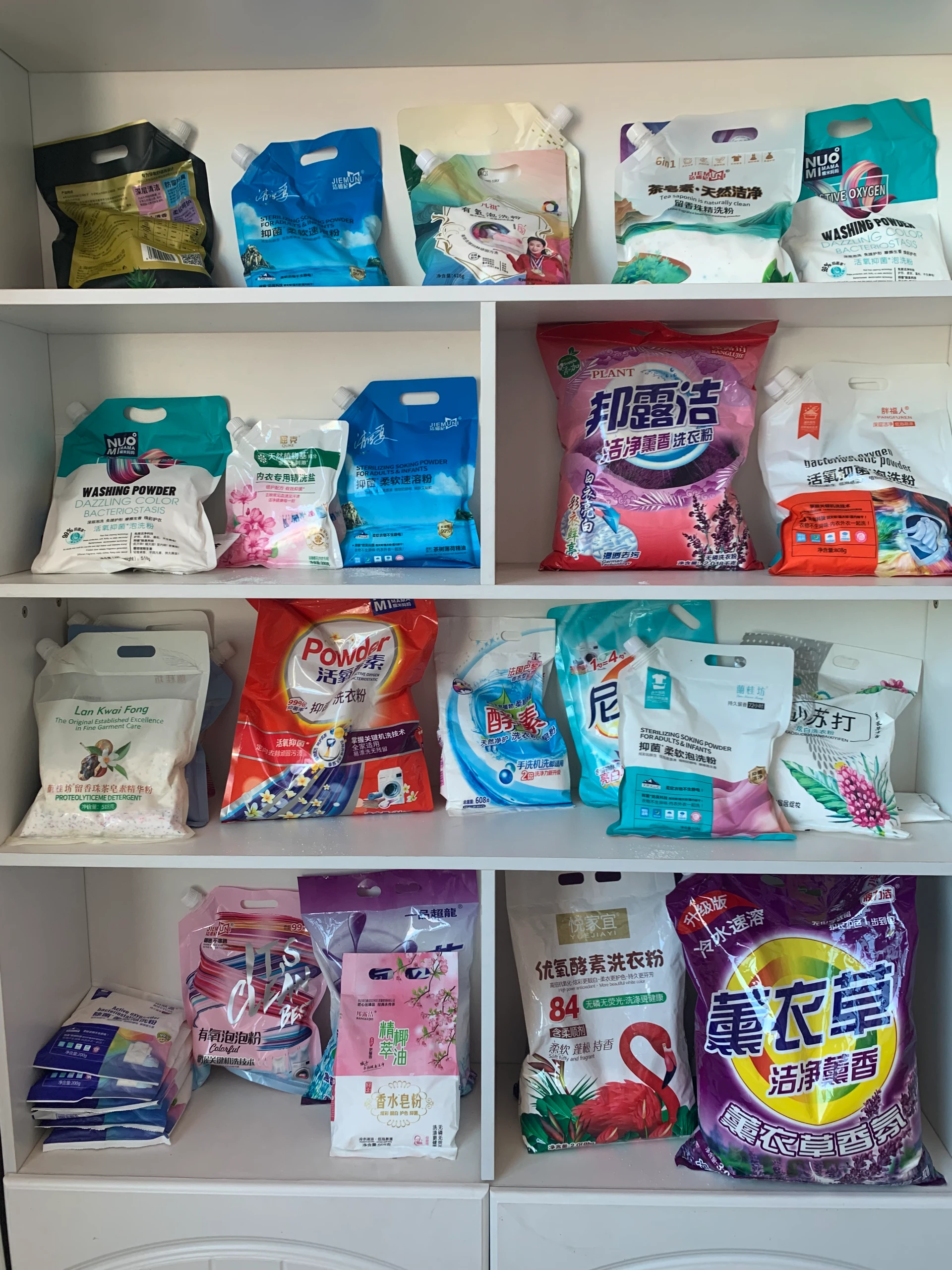



Safety Data Sheet for 50 Percent Caustic Soda Handling and Storage Guidelines
Understanding the Safety Data Sheet (SDS) for Caustic Soda (50%)
Caustic soda, also known as sodium hydroxide (NaOH), is a widely used chemical with numerous applications across various industries. A Safety Data Sheet (SDS) is a crucial document that provides detailed information about hazardous substances, including caustic soda. The SDS outlines vital aspects including the chemical's properties, potential hazards, handling and storage recommendations, exposure controls, and emergency measures. This article explores the significance of the SDS for caustic soda, focusing on its 50% concentration.
1. Chemical Identification
Caustic soda is a white, odorless solid at room temperature but is often found in aqueous solutions. The 50% concentration indicates that the solution contains half sodium hydroxide and half water by weight. Due to its highly alkaline nature, caustic soda is corrosive and must be handled with extreme caution.
2. Hazards Identification
The SDS highlights the potential hazards associated with caustic soda. At 50% concentration, sodium hydroxide poses serious risks
- Corrosive Direct contact can cause severe skin burns and eye damage. Inhalation of vapors can irritate respiratory pathways. - Chemical Reactions Caustic soda reacts violently with acids, releasing heat and sometimes resulting in splattering. It can also react with organic materials and certain metals, leading to hazardous situations.
Understanding these hazards is critical for anyone handling caustic soda to prevent accidents and injuries
.3. Handling and Storage
The SDS provides specific guidelines on the safe handling and storage of caustic soda
caustic soda 50 sds

- Personal Protective Equipment (PPE) To minimize exposure, workers should wear appropriate PPE, such as gloves, goggles, face shields, and protective clothing. Respirators may be necessary in poorly ventilated areas. - Work Environment Ensure that workspaces are well-ventilated and equipped with emergency wash stations. Avoid using caustic soda near incompatible substances. - Storage Conditions Caustic soda should be stored in sturdy, corrosion-resistant containers, away from moisture and incompatible materials. Containers should be labeled accurately, and storage areas must be clearly marked.
4. Exposure Controls and Personal Protection
The SDS will list permissible exposure limits (PELs) for caustic soda, although its exposure risk is primarily during handling and spillage. To mitigate exposure
- Regularly monitor air quality in areas where caustic soda is used. - Implement engineering controls such as fume hoods or local exhaust ventilation. - Employees should be trained in safe handling practices and the use of PPE.
5. First Aid Measures
In case of exposure or accidents involving caustic soda, the SDS details immediate first aid measures
- Skin Contact Rinse affected skin with plenty of water for at least 15 minutes. Remove contaminated clothing and seek medical attention if burns occur. - Eye Contact Flush eyes with water for at least 15 minutes, keeping eyelids open. Seek medical assistance immediately. - Inhalation Remove the affected person to fresh air. If breathing is difficult, provide oxygen, and seek medical help.
6. Conclusion
The Safety Data Sheet for caustic soda (50%) is an essential resource for ensuring safety in the workplace. It provides critical information on the properties, hazards, and safe handling practices for this potent chemical. By understanding and following the guidelines outlined in the SDS, workers can significantly reduce the risks associated with caustic soda and maintain a safer environment.
Always consult the SDS before working with chemicals, as regulations and recommendations may change. Workplace safety is a shared responsibility, and being informed is the first step towards prevention.
-
Why Sodium Persulfate Is Everywhere NowNewsJul.07,2025
-
Why Polyacrylamide Is in High DemandNewsJul.07,2025
-
Understanding Paint Chemicals and Their ApplicationsNewsJul.07,2025
-
Smart Use Of Mining ChemicalsNewsJul.07,2025
-
Practical Uses of Potassium MonopersulfateNewsJul.07,2025
-
Agrochemicals In Real FarmingNewsJul.07,2025
-
Sodium Chlorite Hot UsesNewsJul.01,2025










